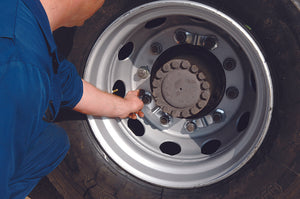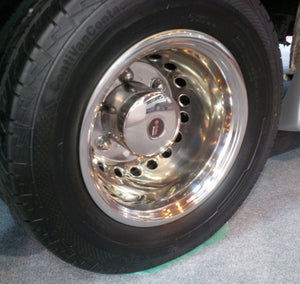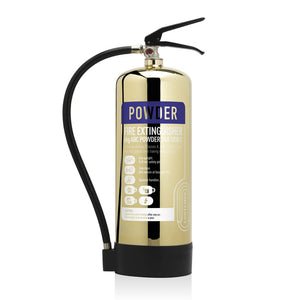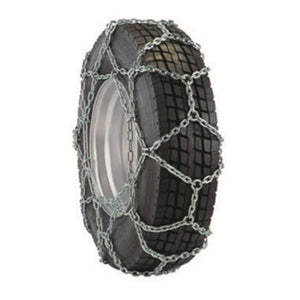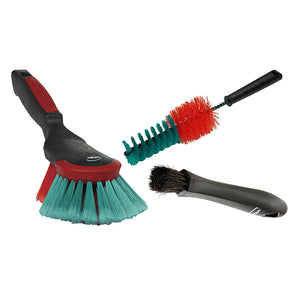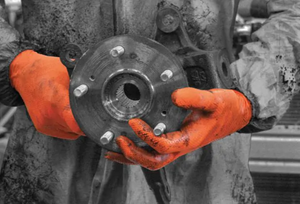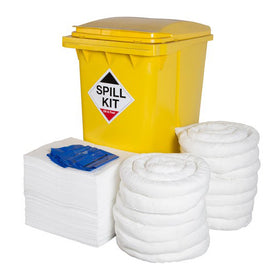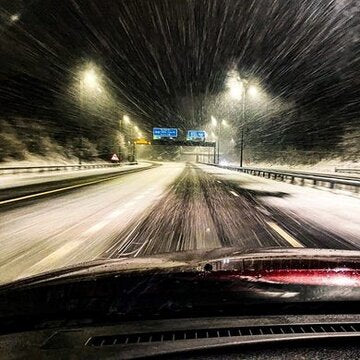
Winter is Coming - Stay Safe

After the glorious, windows-down weather over summer, it’s easy to forget how dangerous winter driving can be. With darker nights and freezing conditions, reviewing your winter safety procedures is vital to avoid accidents and injury.
Follow our top 5 tips to keep your fleet and drivers safe this winter:
1) Be Prepared
Ensuring drivers have the right equipment for every possible situation is the most important tip for winter safety. Extreme weather can strike unexpectedly, so it’s essential that each driver has:
- Extra food and water for emergencies
- Warm blanket and clothing in case they get stranded
- High visibility jacket and high-powered torch
- Snow shovel and bag of sand/salt
- De-icer and ice scraper
- At least half a tank of fuel—journeys can take longer in winter conditions
To ensure your drivers are fully equipped, check out our Safety Wear ranges for high-quality safety products.
2) Check the Conditions
Always keep up to date with current and forecasted weather. Brief drivers on changing conditions and closed routes using GPS, radio, or regular check-ins. Telematics can also help you monitor routes and find safer alternatives if necessary.
3) Drive Carefully
Sudden or sharp movements can cause loss of control. In winter, this risk increases. Ensure drivers:

